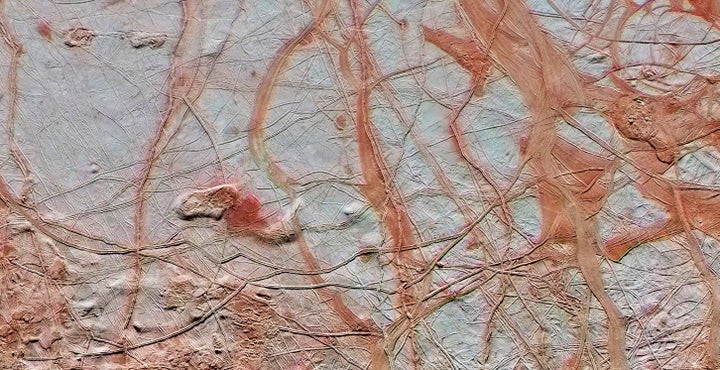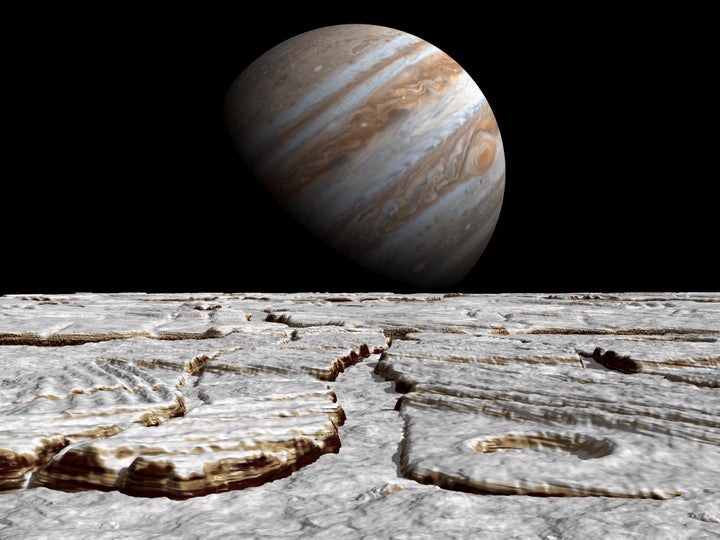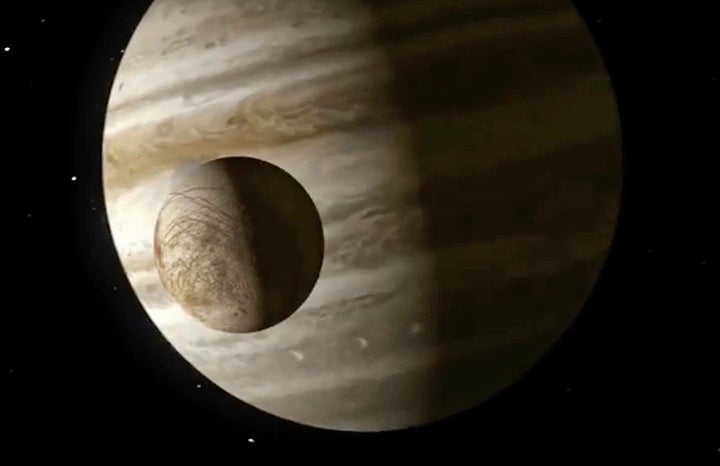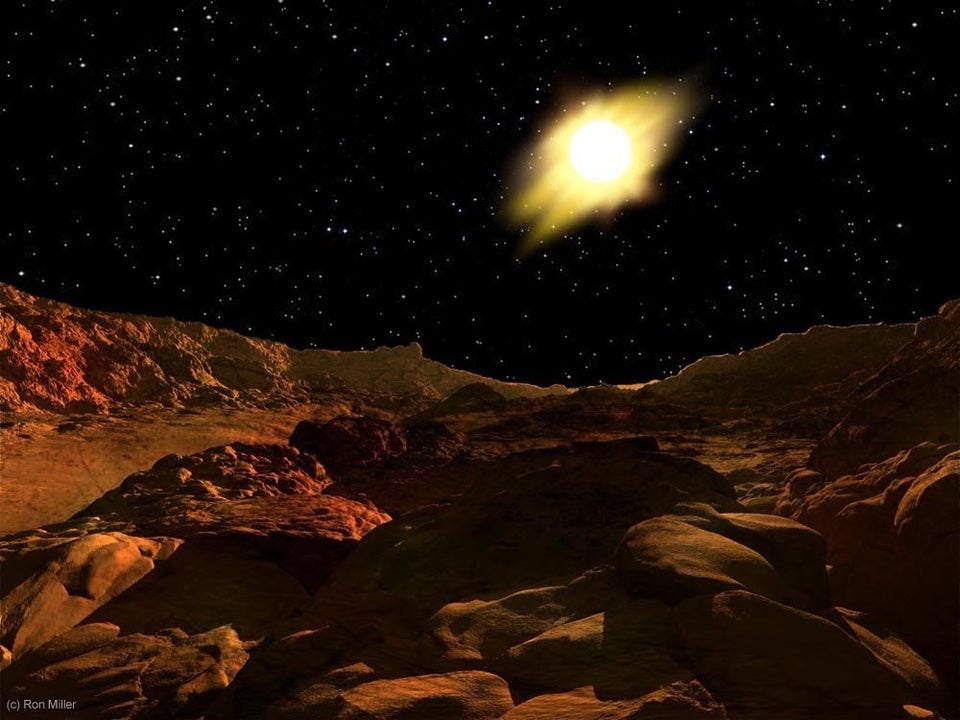
Now that the Juno spacecraft is in orbit around Jupiter, NASA’s science team will spend a few months performing final tests before beginning its unprecedented close-up investigation of the biggest planet in the solar system.
Jupiter holds many secrets that scientists hope to unlock during Juno’s 20-month exploration of the gas giant, including:
How much water is in Jupiter’s atmosphere? (That could shed light on how the planet was formed.)
What, exactly, is the composition of those incredible cloud bands and storms that encircle the planet?
Is there an actual solid planetary core of any type at Jupiter’s central inner environment?
Learning how Jupiter formed will answer many questions about the processes that created our entire solar system.
But there’s one very special thing about the Juno mission that NASA has designated its highest priority: At all costs, Jupiter’s moon Europa must be protected from any mishaps or contamination that could negatively affect the icy moon’s habitability ― or even any current forms of life that may exist there.
The following NASA video shows why scientists believe life may exist on the ocean moon.
In the late 1990s, NASA’s Galileo spacecraft transmitted information and images about Europa ― close in size to Earth’s moon ― that indicated to scientists there’s likely an ocean underneath that moon’s frozen surface.
“We know that life needs four things: it needs water; it needs an energy source (which, on Earth, is sunlight); and it needs food; the last thing it needs is a stable environment. And anywhere on Earth we look that has those four things ― even if you just drill two miles straight down in rock ― anywhere we look, life exists as long as those four requirements are met,” said Curt Niebur, lead program scientist of NASA’s New Frontiers program.
“The big question we have for Europa is how many of those ingredients are present,” he told The Huffington Post. “We know it has water. We know it’s been a stable, watery environment for three billion years, just as long as Earth. We have confidence that it’s got energy sources. Does it have the food, the materials that life needs? And that’s what the Europa mission launching in 2022 is going to find out.”
But one of NASA’s big concerns is that something could go wrong with the Juno mission that might cause a calamity on Europa.
“What we don’t want to do is contaminate it with our own germs. We don’t want to accidentally crash into it,” Juno mission principal investigator Scott Bolton, of Southwest Research Institute in San Antonio, told HuffPost. “The only way to assure that we wouldn’t do that is to dispose of the spacecraft into [Jupiter’s] atmosphere. The reasoning behind that is something called planetary protection. There’s no guarantee that Juno is completely sterile.”

Bolton might consider trying to extend the mission life of Juno beyond its current 20-month planned probe of Jupiter.
“What we’re looking at now that might be feasible is ... instead of firing the rockets and sending it directly into Jupiter, to place it into an orbit that basically guarantees that it will go into Jupiter before it would ever go into Europa,” Bolton said.
“If I can get it close enough to Jupiter and over a long period of time, it will start to feel the drag effects, which will slowly bring the orbit down, and there would be no way for it to go out, because Europa is further away. If we can demonstrate that, then we can go to NASA and suggest they entertain the idea of an extended mission if Juno is healthy, if we can guarantee that we won’t crash into Europa.”

But why all this concern about anything falling or crashing into this little Jupiter moon?
According to Niebur, the stakes are really high.
“We’re proceeding with an over-abundance of caution, because Juno, the spacecraft, was not cleaned when it was launched from Earth, and what we’ve learned is that there are life forms or spores that could survive the rigors of that crossing through space, that could possibly even survive the radiation dose that the spacecraft will get,” he said.
“If just one of those bacteria or spores gets into the ocean on Europa, what would happen if it would grow, live and spread? We could possibly contaminate an entire alien ecosystem.”
So, is it an actual NASA priority to protect Europa from anything that might be our fault?
“It’s not a priority ― it’s a requirement,” Niebur said. “For every mission NASA does, if it’s going anywhere near a planet or a moon, where we think it’s likely that it could be habitable or have life, we impose those planetary protection requirements.
“We don’t say we want to protect it ― we say we must protect this environment.”

